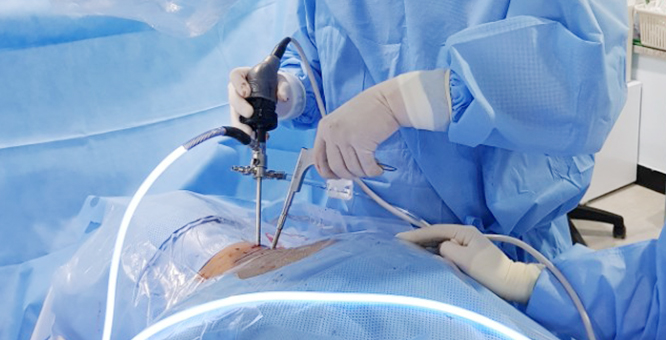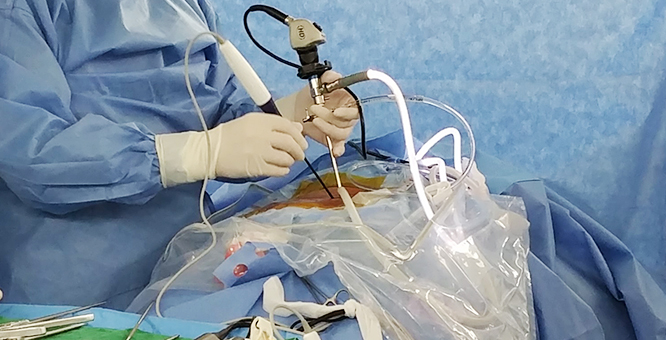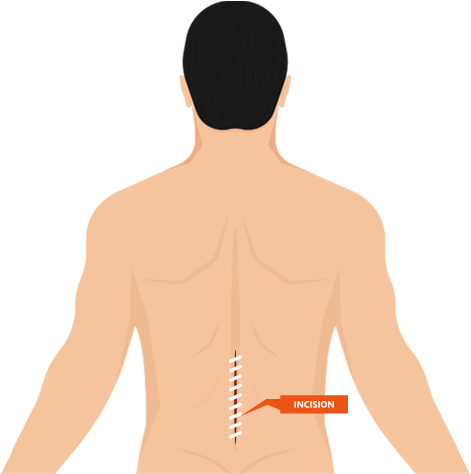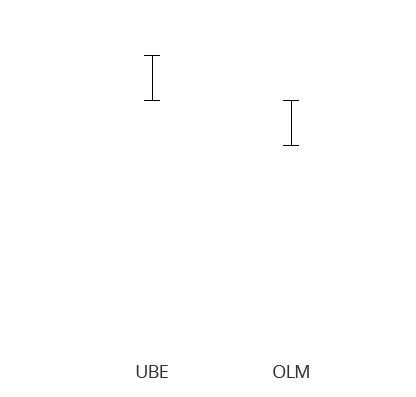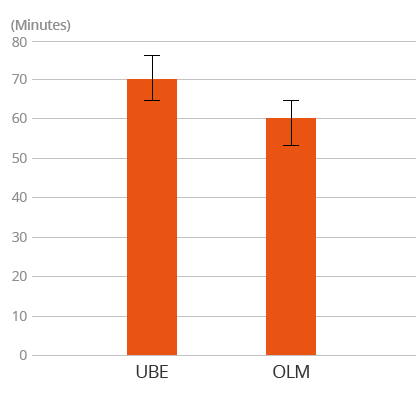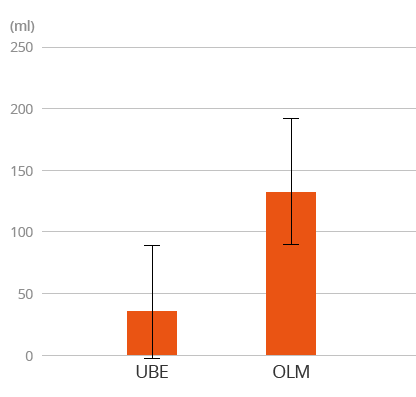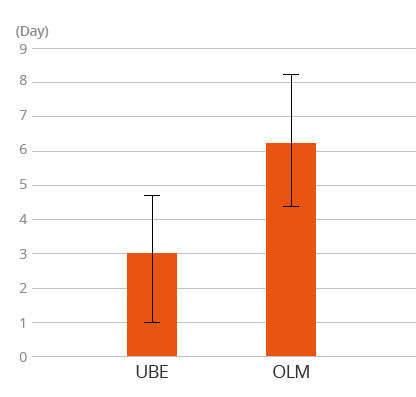The unilateral biportal endoscopic (UBE)
technique is a minimally invasive procedure for spinal surgery, while open microscopic discectomy is the most common surgical treatment for ruptured or herniated discs of the lumbar spine. From open surgery to minimally invasive surgery, spinal surgery procedures have been gradually developed.
We would say that UBE is an advanced surgical procedure to remove stenosis by inserting an endoscope by drilling two small holes about 4mm. The technique inserts endoscopes on one side to find the exact cause, while inserting surgical instruments on the other to remove bone fractures in the ligaments and joints, which are the main causes of spinal stenosis.
Advantages
the similar sufficient and direct fragmentectomy and discectomy to that in open microdiscectomy resulted in the same clinical outcomes, including pain improvement, functional disability, and patient satisfaction, while preserving the spinal tissues.
- - Herniation of intervertebral disk
- - Cervical HIVD
- - Degenerative spinal disorder
- - Lumbar spondylolisthesis
- - Senile Kyphosis



